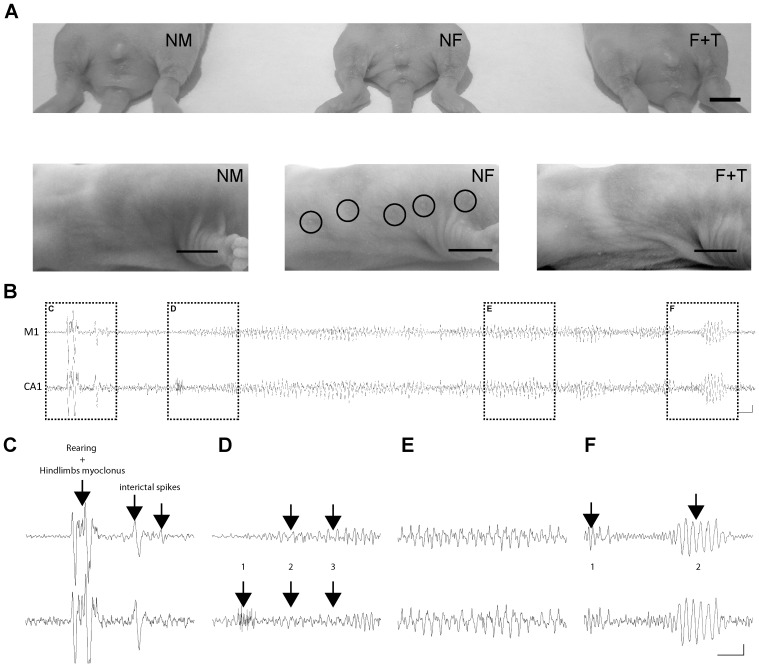Figure 3. Effect of testosterone on lesioned females.
A) Photographs showing the effects of testosterone treatment on female anatomy at P10. Male rat (NM, left), female rat (NF, middle) and testosterone injected female (F+T, right) are shown. Testosterone exposure during the fetal and perinatal periods altered the development of secondary sex characteristics in female rat (F+T) pups such as the presence of a longer anogenital distance (top) and the lack of breast (bottom). B) EEG in an adult LHSF+T rat showing an example of an electrographic seizure. Seizure activity recorded over a 60-second period from the right primary motor cortex (M1, top trace) and hippocampus (CA1, bottom trace) ipsilateral to the lesion. C) Pre-seizure baseline rhythm was composed of irregular, low amplitude, 6 to 12 Hz frequency activity. In this case, the first behavioral manifestation was characterized by abrupt rearing and hind limb myoclonus associated with the slow wave polyspiking pattern shown by the first arrow. Interictal epileptic spike or spike and wave activity was also recorded frequently throughout this period (arrows 2 and 3). D) Just before the seizure, the epileptic discharges were intermingled with a burst of hippocampal fast activity (1), followed by a slow rhythmic activity at a frequency of 1 to 3 Hz (2) progressing into 6 to 8 Hz rhythmic activity (3). E) During the seizure the EEG trace showed a prolongation of the rhythmic activity characterized by high amplitude oscillations equivalent to two to ten-fold of baseline rhythm at a lower frequency range (5–7 Hz range). F) The end of the seizure (1) is marked by low amplitude fast activity intermingled with periodic epileptic discharges before a progressive return to theta activity (2). The clinical manifestations included freezing followed by myoclonus, and abrupt rearing and falling. Acquisition frequency was 200 Hz, and filtering at 1–35 Hz. Horizontal bar = 1 second; vertical bar = 500 µV.

